Creole Food: A Spicy Fusion of Flavors You Can’t Ignore!
Table of Contents
- Introduction: What’s the Deal with Creole Cuisine?
- Origins: From Europe to the Bayou
- Spice Spotlight: The Flavorful Heart of Creole Cooking
- What’s the Difference Between Creole and Cajun Anyway?
- Must-Try Creole Dishes You Should Know
- Pro Tips for Bringing Creole Flavor to Your Kitchen
- Conclusion: Creole Cuisine – More Than Just Spice
Introduction: What’s the Deal with Creole Cuisine?
If you’ve ever bitten into a bowl of gumbo or savored a plate of jambalaya, you might have asked yourself: “What exactly makes this Creole?” Is it the spices? The ingredients? Or something deeper—like history, culture, and identity?
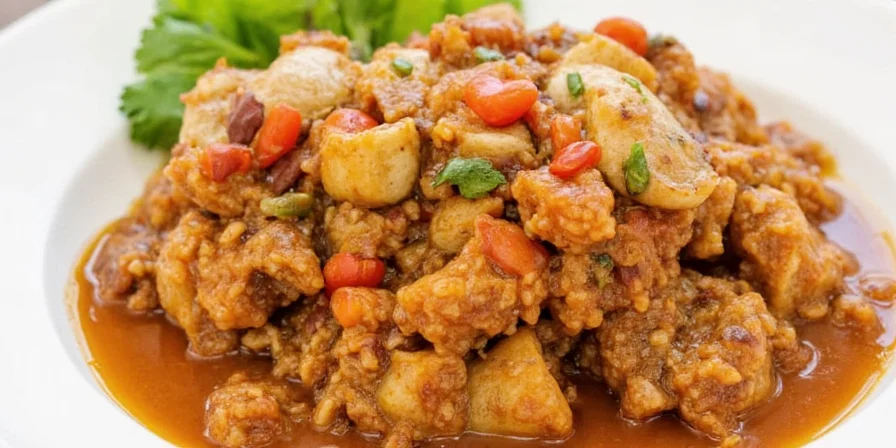
In short, Creole cuisine is more than just a regional style of cooking. It’s a delicious melting pot of cultures that tells the story of Louisiana—and beyond—with every bite.
Origins: From Europe to the Bayou
The roots of Creole food go deep into colonial Louisiana, where French, Spanish, African, German, and Native American influences all blended together. Think of it as the culinary version of jazz—improvised, layered, and full of soul.
| Cultural Influence | Key Contribution |
|---|---|
| French | Roux-based dishes, sauces, and refined techniques |
| Spanish | Paprika, tomatoes, and saffron |
| African | Okra, one-pot meals, and bold seasoning |
| Native American | Use of local ingredients like corn, beans, and wild game |
| German | Sausage-making traditions |
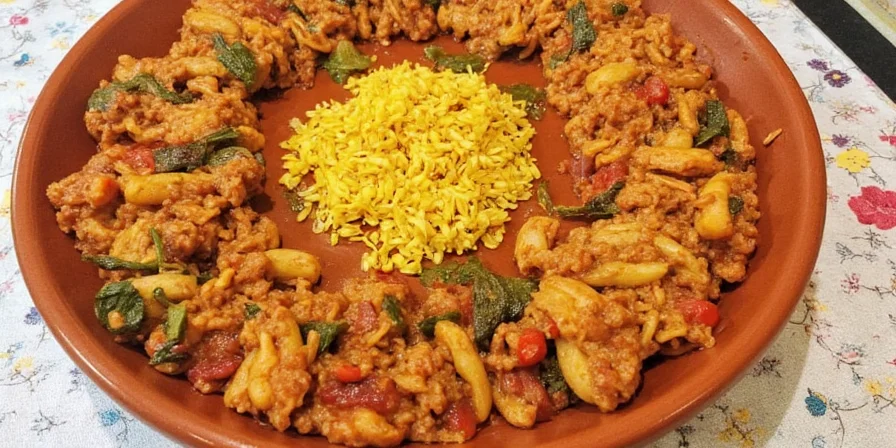
This unique mix gave rise to a cuisine that’s hearty, rich, and bursting with flavor. And at its heart? The holy trinity of Creole cooking.
Spice Spotlight: The Flavorful Heart of Creole Cooking
If you’re familiar with Southern cooking, you know about the “holy trinity”—onions, bell peppers, and celery. But in Creole kitchens, spice blends and seasonings elevate the base ingredients to new heights.
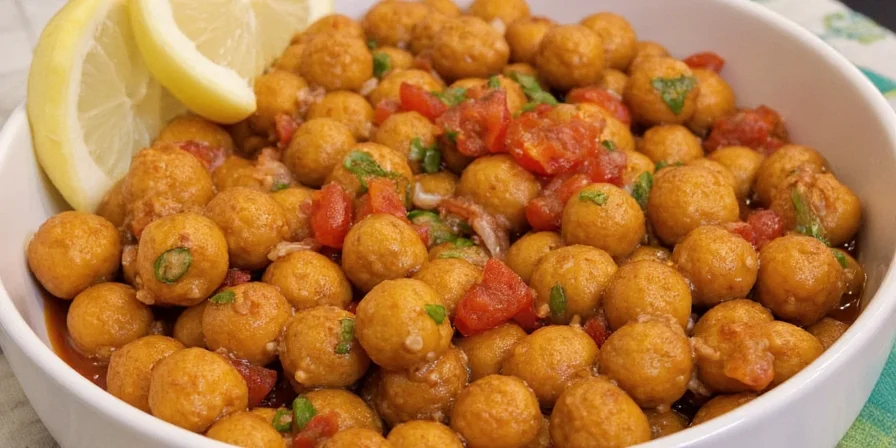
Let’s break down some of the most iconic spice players:
- Cayenne Pepper: Adds heat without overwhelming other flavors.
- Paprika: Brings color and subtle sweetness to dishes.
- Garlic Powder: The backbone of many Creole seasonings.
- Dried Thyme & Oregano: For earthy depth.
- Cumin: Used sparingly but adds warmth and complexity.
One popular blend? Cajun or Creole seasoning, which often includes salt, pepper, garlic powder, onion powder, paprika, and cayenne. While the names are sometimes used interchangeably, there’s a key difference we’ll explore next.
What’s the Difference Between Creole and Cajun Anyway?
Short answer: Location and lifestyle.
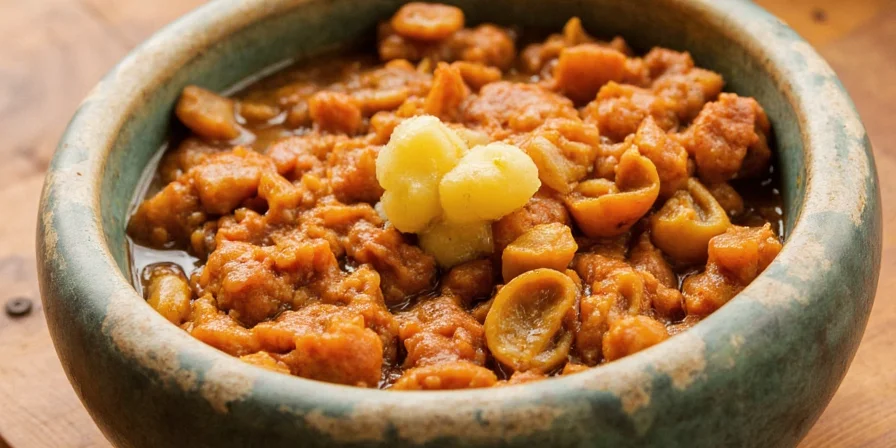
Longer answer: Creole cuisine is rooted in urban life—especially New Orleans—and reflects the city’s multicultural past. Cajun cuisine, on the other hand, comes from rural Louisiana and was shaped by Acadian (French-Canadian) settlers who migrated south after being expelled from Nova Scotia.
Quick Comparison
| Aspect | Creole | Cajun |
|---|---|---|
| Origin | New Orleans and surrounding areas | Rural Louisiana, especially southwest region |
| Main Protein Sources | Seafood, ham, and domestic meats | Game, pork, and freshwater fish |
| Use of Tomatoes | Frequent use | Limited use |
| Flavor Profile | Bright, layered, and aromatic | Heartier, smoky, and rustic |
Must-Try Creole Dishes You Should Know
Ready to get cooking—or dreaming? Here are five iconic Creole dishes that will transport your palate straight to New Orleans.
- Gumbo: The ultimate comfort soup. Packed with okra, chicken, sausage, or seafood, and thickened with roux or filé powder.
- Jambalaya: Like paella’s spicy cousin. Rice cooked with tomatoes, smoked sausage, and shrimp.
- Étouffée: A rich, crawfish-based dish served over rice. Perfect for date night.
- Red Beans and Rice: A Monday staple in many households, slow-cooked with smoked sausage and Holy Trinity.
- Muffuletta: A giant sandwich stuffed with cured meats, cheese, and olive salad. Ideal for sharing (or not).
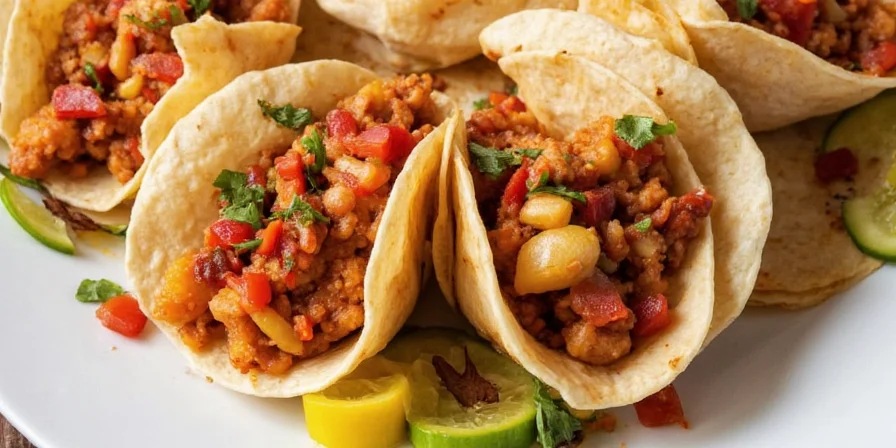
Pro Tips for Bringing Creole Flavor to Your Kitchen
Whether you’re a seasoned home cook or a weekend warrior, here are five pro tips to bring that authentic Creole flavor to your table:
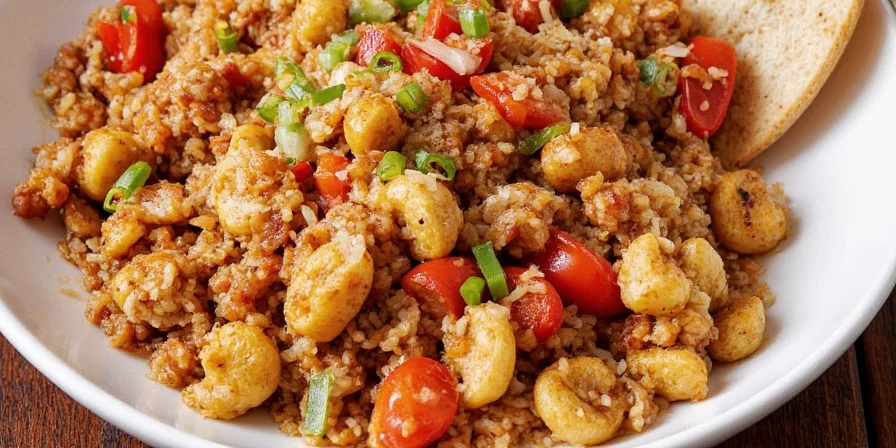
- Invest in a Good Roux: Whether blonde, brown, or dark, a properly made roux is the foundation of many Creole dishes.
- Keep Your Holy Trinity Fresh: Onions, peppers, and celery should be finely chopped and sautéed slowly to build flavor.
- Don’t Skip the Spices: Use a quality Creole seasoning blend or make your own. Adjust the heat to your liking!
- Simmer for Depth: Letting dishes like gumbo simmer overnight can deepen the flavor profile dramatically.
- Pair with Rice: Most Creole dishes are meant to be served over fluffy white rice for maximum satisfaction.
Conclusion: Creole Cuisine – More Than Just Spice
Creole food isn’t just a style—it’s a story. A story of migration, adaptation, and innovation. Of people coming together through trade, war, and love to create something truly unforgettable.
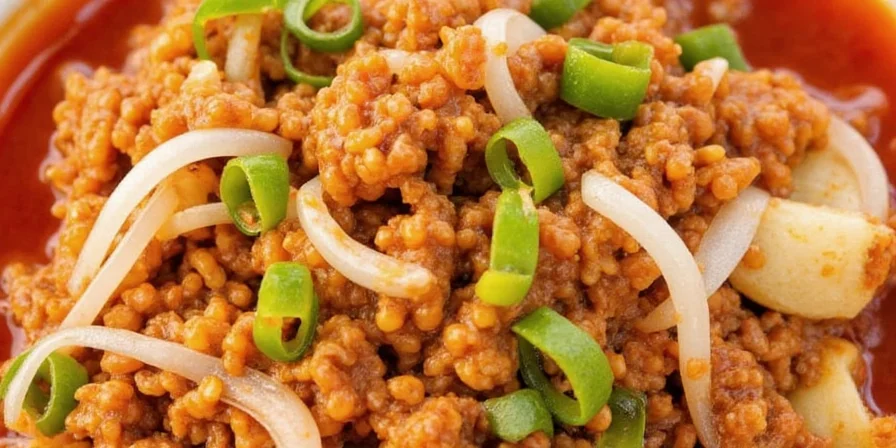
So next time you're craving something with character, give Creole cuisine a try. With its rich history, bold spices, and comforting textures, it’s more than just a meal—it's an experience.
And remember: when it comes to Creole food, the more spice, the better. Because in the words of someone who clearly knew what they were talking about:
"Life may be bland, but your gumbo doesn't have to be."

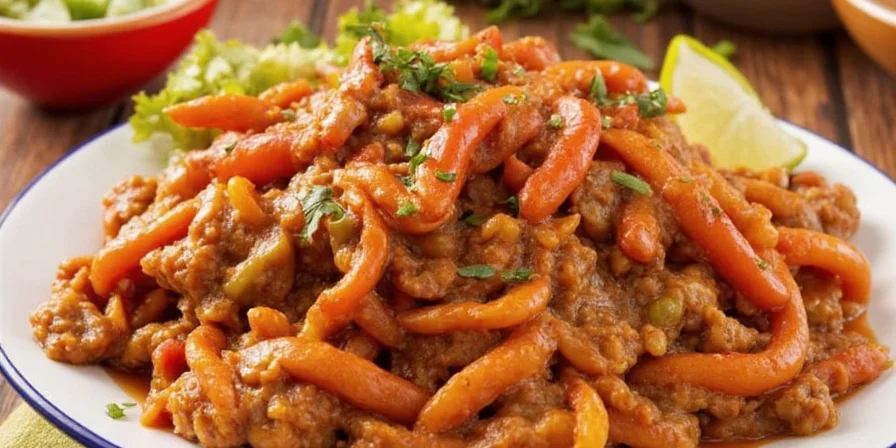









 浙公网安备
33010002000092号
浙公网安备
33010002000092号 浙B2-20120091-4
浙B2-20120091-4